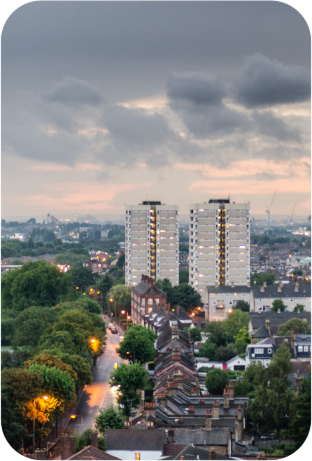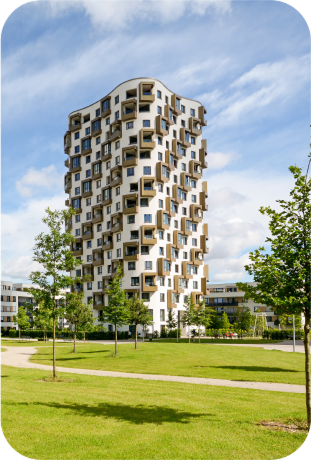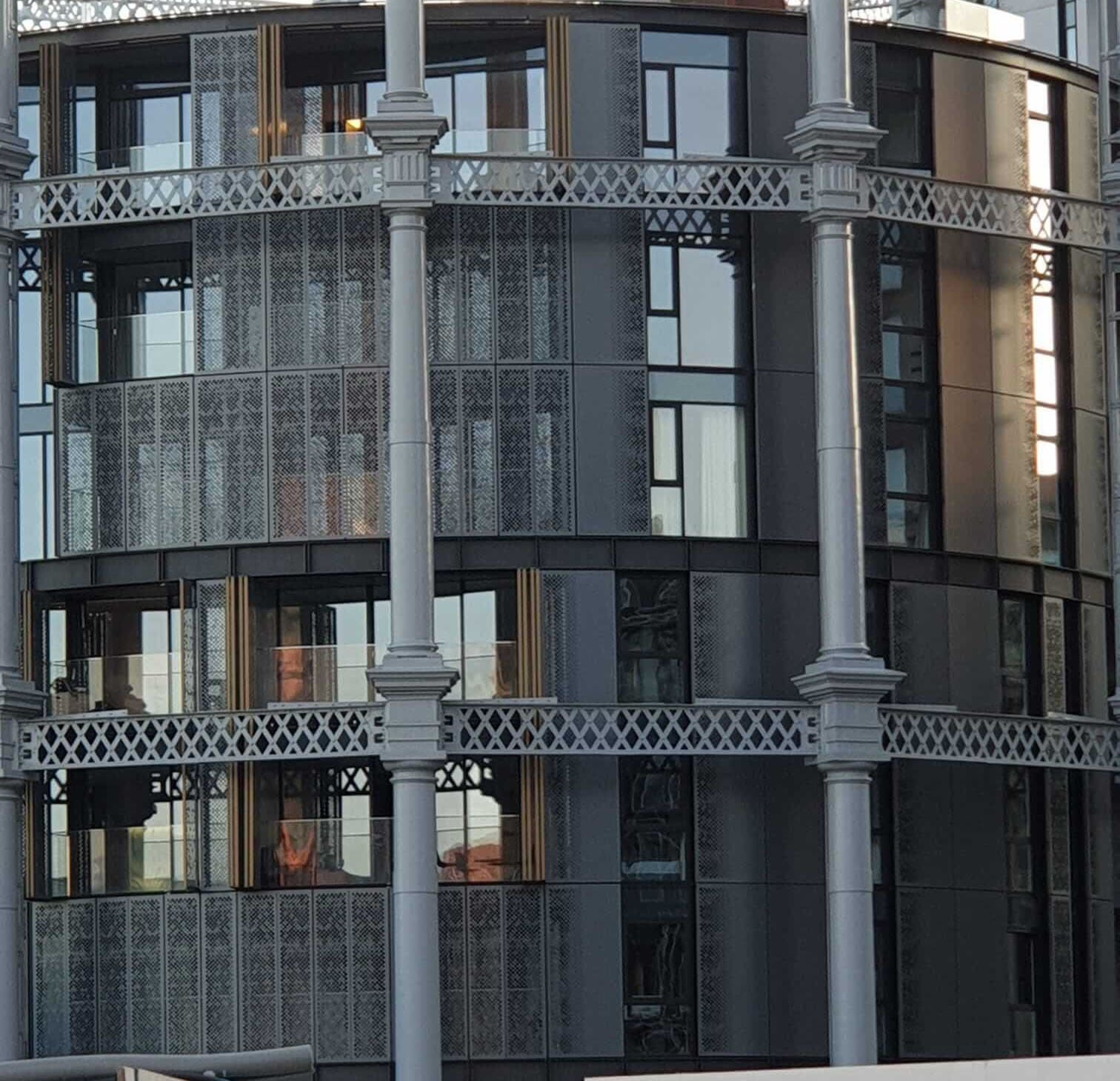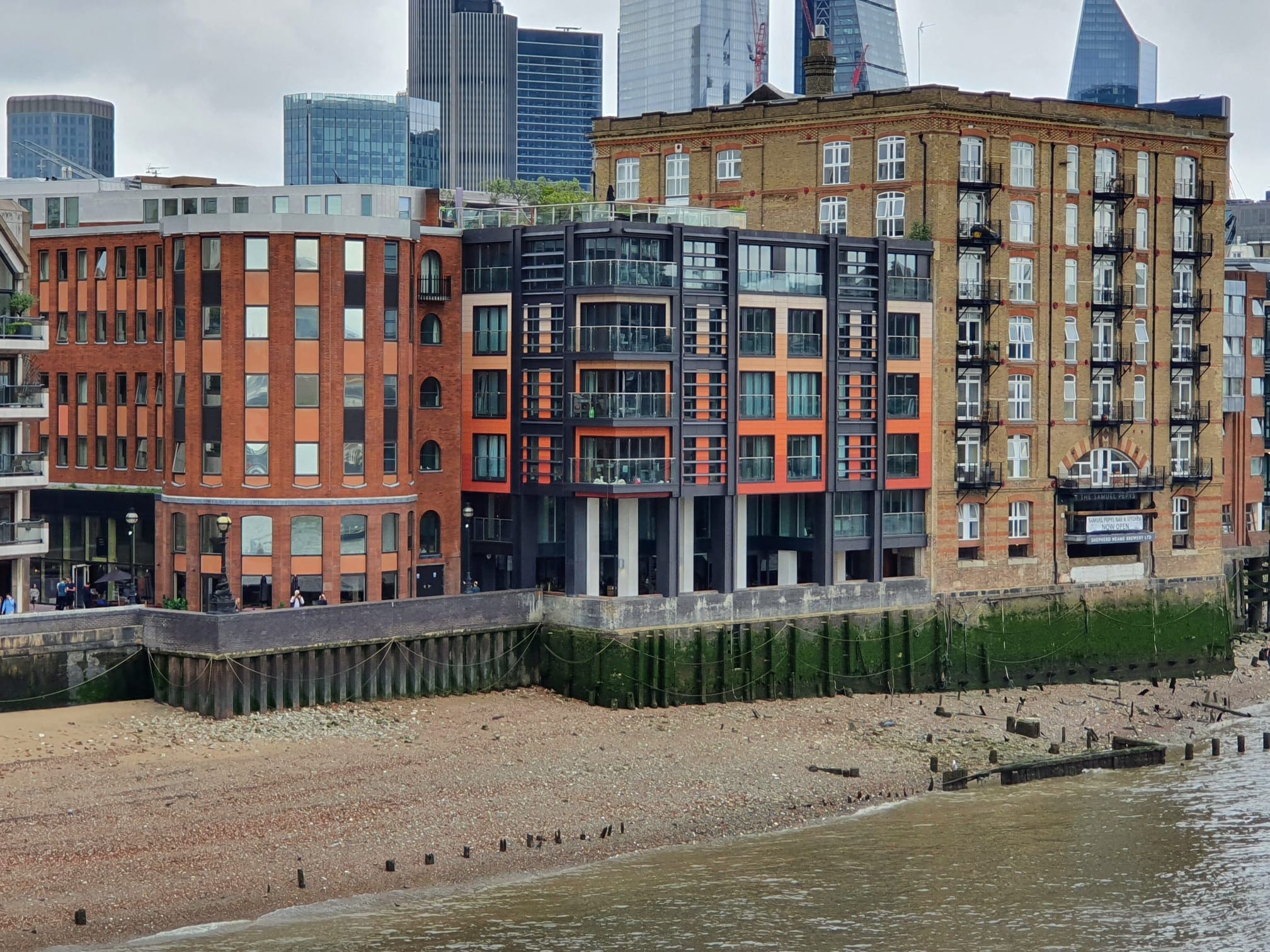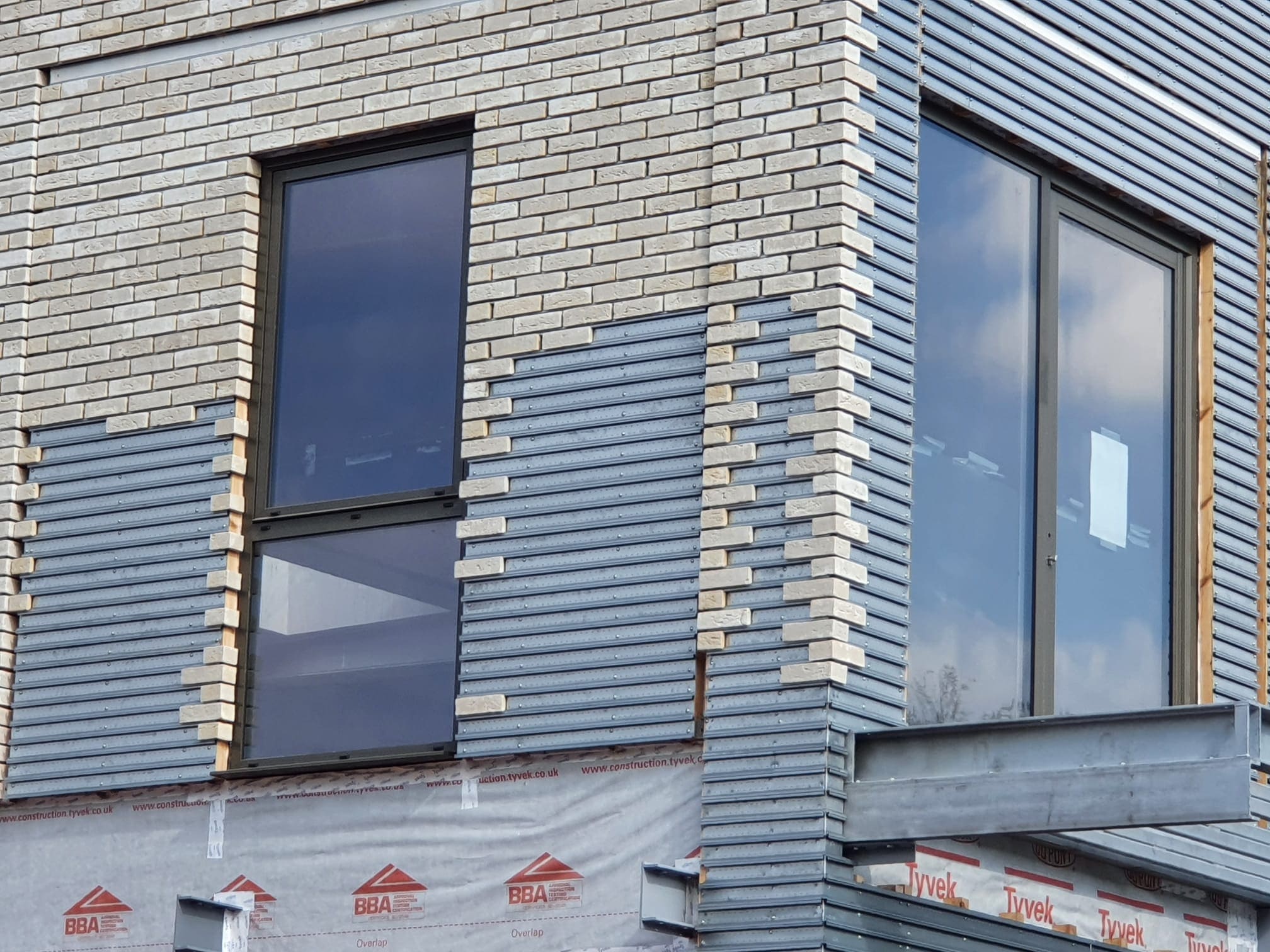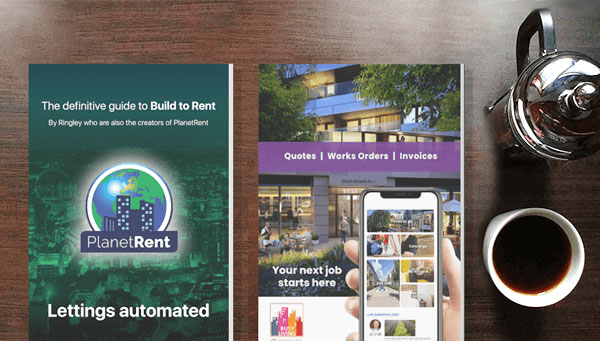16/07/2018
by: Mary-Anne Bowring

Understanding the Pigeon Problem
- Why pigeons are considered a nuisance
- Health risks and hazards associated with pigeon infestations
Why Feeding Pigeons Makes the Problem Worse
- The direct link between food availability and pigeon population growth
- Legal consequences of feeding pigeons in certain areas
Preventing Pigeons from Nesting on Your Property
- Simple deterrents to keep pigeons away
- Importance of removing food sources
Professional Pigeon Control Methods
- Pigeon-proofing options: spikes, nets, repellent gels, and other deterrents
- Why professional pest control services are recommended
Legal and Council Support for Pigeon Control
- How local councils and environmental health officers can help
- Steps residents can take to report and address pigeon issues
Additional Resources for Leaseholders
- How leaseholdersupport.co.uk provides guidance on common property management issues
- Access to fact sheets and tools to manage residential blocks effectively
- How leaseholdersupport.co.uk provides guidance on common property management issues
- Access to fact sheets and tools to manage residential blocks effectively
 1991
1991












Keep up to date
(Weekly, fortnightly or monthly)
To find out more what we do with your data, please read our Privacy Policy

 0
0



